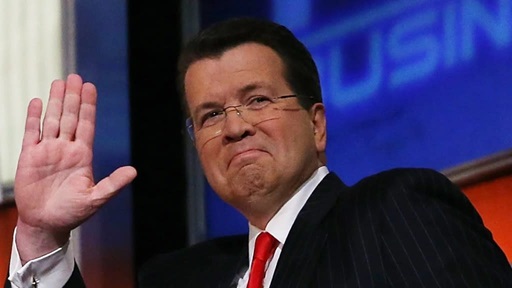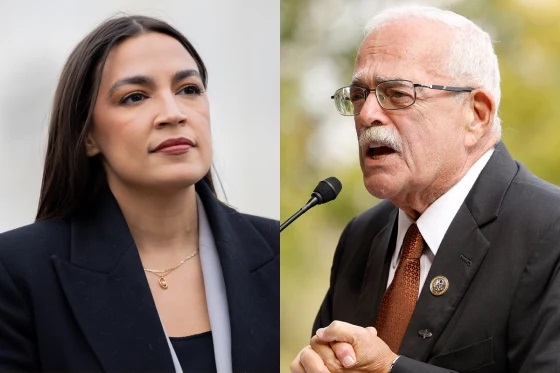Amazon workers on strike in New York City.
Dear Commons Community,
Amazon workers affiliated with the Teamsters union launched a strike at seven of the company’s delivery hubs less than a week before Christmas.
The Teamsters said the workers, who voted to authorize strikes in recent days, joined picket lines yesterday after Amazon ignored a Sunday deadline the union had set for contract negotiations.
The company says it doesn’t expect the strike to impact holiday shipments.
Amazon has a couple hundred employees at each delivery station. The Teamsters mainly have focused on organizing delivery drivers, who work for contractors that handle package deliveries for the company. But Amazon has rebuffed demands to come to the negotiating table since it doesn’t consider the drivers to be its employees.
The International Brotherhood of Teamsters also says the union represents some Amazon warehouse workers.
Here are some takeaways and what you need to know if you are an Amazon customer:
Where are the strikes happening?
The strikes are taking place at three delivery hubs in Southern California, and one each in San Francisco, New York City, Atlanta, Georgia, and Skokie, Illinois, according to the union’s announcement.
The union hasn’t said how many workers are participating in the strike, nor how long it will go on. Vinnie Perrone, the president of a local Teamsters union in metro New York, said Thursday that the walkout would continue “as long as it takes.”
The union, which claims to represent 10,000 Amazon workers at 10 facilities, said workers in more locations were prepared to join the fight.
Employees at a company air hub in California have authorized a strike. So have workers at an Amazon warehouse in New York, which unionized with the nascent Amazon Labor Union in 2022 and has since affiliated with the Teamsters.
The Teamsters says its local unions are also putting up picket lines at other Amazon warehouses. A company spokesperson said yesterday the strikers were “almost entirely outsiders, not Amazon employees or partners, and the suggestion otherwise is just another lie from the Teamsters.”
What do the workers want?
The striking workers are fighting for higher wages, better benefits, and safer work conditions.
The Teamsters have tried to get Amazon to come to the negotiating table since last year, when the labor organization first said it had unionized a group of delivery drivers in California who work for a contractor. Amazon — which denies it employs the workers — refused, leading the union to file unfair labor charges against the company at the National Labor Relations Board.
In August, prosecutors at the federal labor agency classified Amazon as a “joint employer” of subcontracted drivers. In September, the company boosted hourly pay for the drivers amid the growing pressure.
Amazon warehouse workers who voted to unionize in the New York City borough of Staten Island also have tried to get the company to engage in contract negotiations.
The National Labor Relations Board certified the Amazon Labor Union election, but the company objected to the representation vote and refused to bargain. In the process, Amazon also filed a lawsuit challenging the constitutionality of the labor board, which it accused of tainting the vote.
Some organizers involved with the unionization effort there have long believed Amazon would not come to the negotiating table unless workers went on strike.
What about holiday deliveries?
Amazon says it doesn’t expect the strike to impact its operations, but a walkout — especially one that lasts many days — could delay shipments in some metro areas.
An Amazon spokesperson said Thursday that the company intentionally builds its sites close to where customers are, schedules shipping windows and works with other large carriers, such as UPS, to deliver products.
“We believe in the strength of our network and plan for contingencies to minimize potential operational impact or costs,” the spokesperson said.
Tony












